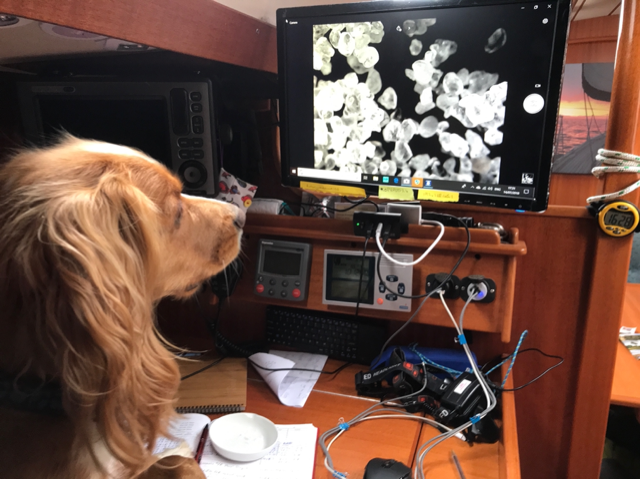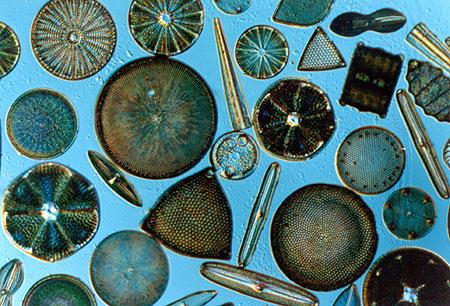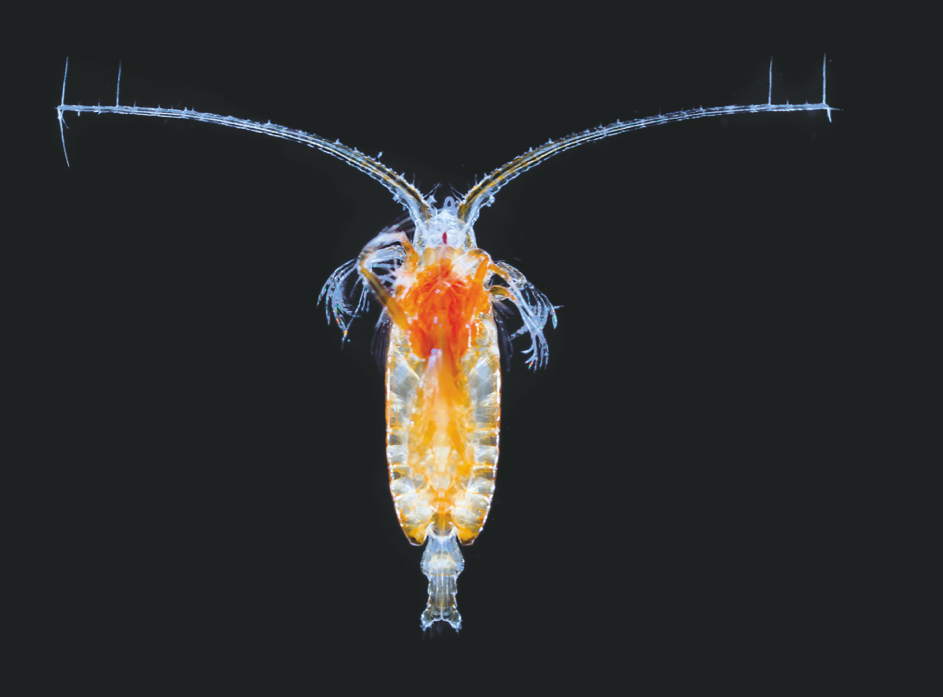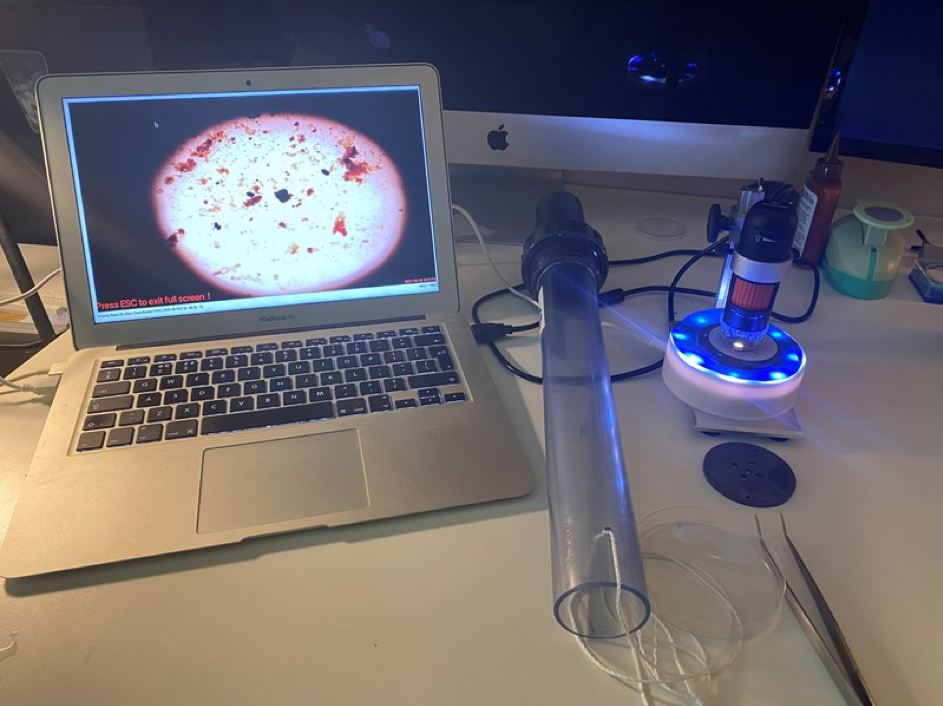“Suppose that sailors all over the world take samples and send the results to marine biologist researchers. We would know a lot more about the state of the oceans then” says Dr. Howard Dryden, GOES, (Global Oceanic Environmental Survey). We agree, so Ya will participate in the GOES-project.

Why GOES?
Ocean acidity is rising. This will have disastrous effects on marine environment. The most probable cause is chemical pollution. GOES wants to estimate the amount of toxic chemicals in the ocean. With this evidence, industry and governments can be urged to stop polluting our atmosphere, soil and water with toxic for-ever chemicals and plastic. So, GOES needs more data; data we as sailors can collect. This is why Ya will go GOES.
The role of plankton in keeping the oceans healthy
Tiny animals and plants in the oceans (<1mm) control our climate and atmosphere. They are the life support system for the entire planet. But through pollution we have reduced the numbers of tiny planktonic plants and animals by 50%. They eat microplastic, loaded with toxic chemicals, which destroys them. This destruction continues at a rate of 1%, year on year.
What will we see during our trip?
Under a simple microscope you can see diatoms, responsible for 40% of all carbon removed from the world’s oceans

Some of them ‘eat’ particles from the water. This makes them very sensitive to plastic and chemical pollution. The diatoms create inspiring shapes and structures, using silica. So, we are looking forward to seeing them!
COPEPODS: poop and water mixing

There are around 5 billion tonnes of Copepods in the oceans. They usually measure around 1mm. If you would put the Copepods in one great big pile, that pile would be ten times heavier than a pile of all land animals combined. Every year, Copepods poop 30 times more carbon than humans use in the form of fossil fuels, and 6% of their poop (3 Giga tonnes of carbon) is locked away in the abyss. The rest is recycled to the surface. Other animals and bacteria use poop for food, used as fertiliser for plant, bacteria turn it into nutrients etc.: allowing the cycle to continue.
Also spectacular is that, every night, they swim from a depth of 400m to the surface, where they feed on algae and other planktonic plants. Together they move more water than the moon and the tides! They are some of the most important animals on the planet. We have never heard of them before. So, we hope to spot lots of them under the microscope.
How we get the data

We connect the microscope to a computer and we will collect samples on Ya twice a day (if the weather permits it). We take 0.5 litre of sea water and filter it. Then comes the exciting part. Under the microscope, we count plankton, microplastic (fibres and beads) and any other particles larger than 20 microns. We will take pictures to register what we see. When we have a stable WIFI-connection, we will send the data to GOES.
GOES will:
1. look for relationships and correlations in the numbers;
2. present the data in ways that help us understand what’s going on in the deep ocean;
3. calculate the amount of toxic PCB that is in the deep oceans of our planet.
Every plastic particle contains a very toxic chemical called Poly Chlorinated Bisphenols (PCBs). PCB’s have been banned for over 45 years, but they still find their way to the environment, especially when waste is not carefully managed. We find this in all the oceans. The chemicals concentrate many thousands or millions of times on the plastic. Chemicals like, PBDE, PFOS and cosmetic ingredients such as oxybenzone. The toxic chemical plastic combination is killing the plankton responsible for removing most of our carbon dioxide and producing our oxygen. If plankton does not remove carbon dioxide from the water, it forms carbonic acid, it will make the oceans more acidic.
Why is it necessary to stop ocean acidification?
When ocean acidity reaches pH 7.95 the marine environment will collapse. This could be in 25 years. Even if the world became carbon neutral tomorrow, the oceans would reach this acidity-level only 5 years later. So, yes, besides reducing our use of fossil fuels, we must also stop ocean acidification. Because climate change will be bad, but humanity may not be able to survive ocean acidification and the loss of most marine life.
How do we stop the acidification process?
• Stop chemical pollution in general; use less chemicals
• Stop plastic leaving rivers and reaching the ocean
• Replace toxic chemicals with green options; ask for ocean-friendly products
Ocean plants in a healthy environment will double their mass every 3 days and ‘eat’ millions of tonnes of carbon. This would greatly help solving the climate crisis. And because we want to know how the situation really is now, we will collect data for GOES.
Do you want to support GOES?
Even if you are not a sailor, you are welcome to support the GOES project. You can start your ocean-conscious life right away. Or, can join in workshops and online training sessions. Just email diane@goesfoundation.com
If you are a sailor, you are more than welcome to join the project as we described above. For full details of the equipment and ordering details click here
